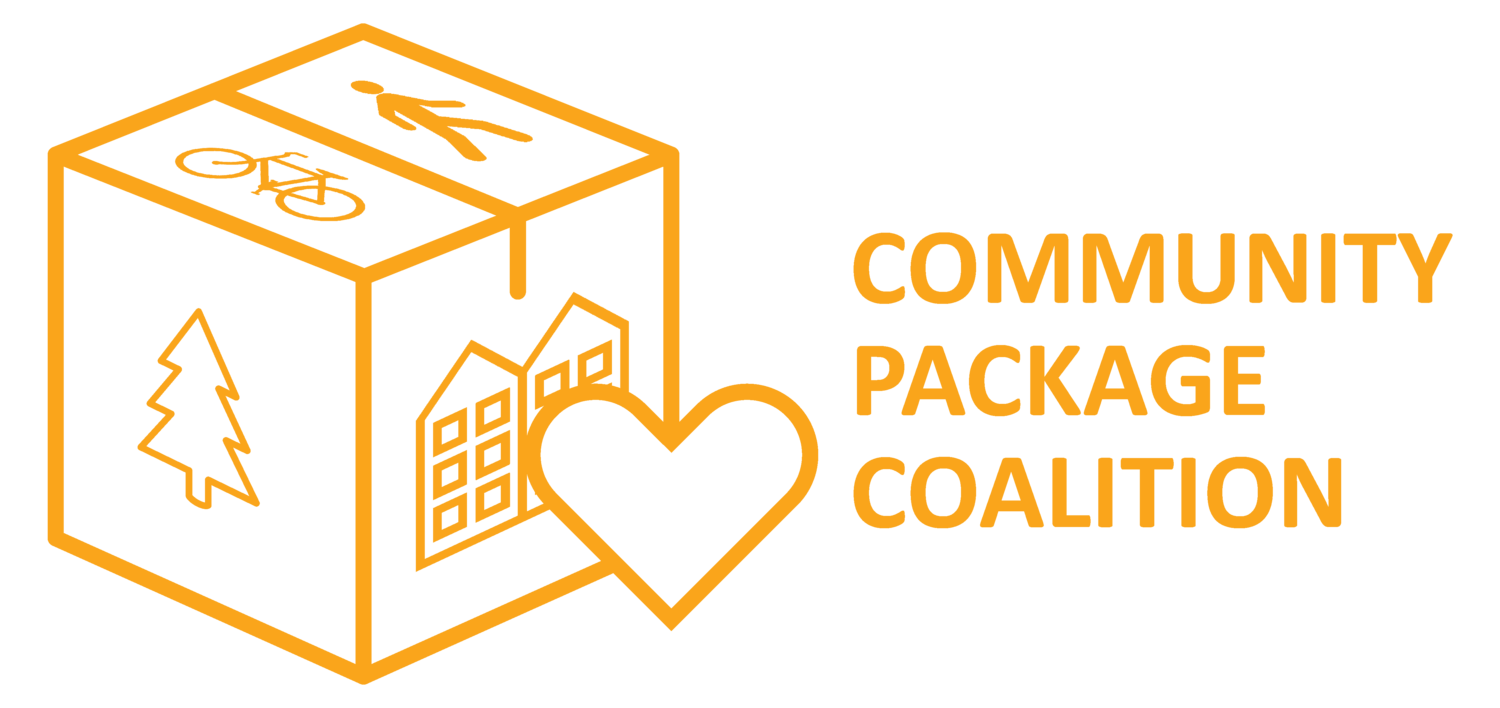What is the basis for the coalition’s $77 million estimate in required public benefits?
The City of Seattle has no formula or methodology for calculating public benefit value in association with street and alley vacations. Instead, precedents are relied upon to generate a rough sense of scale and commensuration.
Seattle has no precedent for the scale of the WSCC’s five requested vacations. The closest recent comparison of a multi-block development of such size is the proposed SoDo arena, which is offering $26.5 million in public benefits for a single street vacation. The WSCC Addition is estimated to cost $1.6 billion, slightly less than three times the cost of the proposed arena. The $77 million figure is derived by making a proportional calculation of project value.
What if the $77 million estimate is off?
The WSCC and its representatives have stated that, without the entire set of vacations, the Addition project would likely become infeasible. This means that even if the coalition’s calculation has a margin of error, the fact remains that the street and alley vacations are extremely valuable to the project. This greatly escalates the obligations for public benefits. The WSCC’s initial public benefits proposal certainly does not meet a sufficient level of benefits, but full adoption of the Community Package would.
The alleyways proposed for vacating are used little. How does that affect the value of required public benefits?
By claiming the three alleyways proposed for vacation are of limited value, the WSCC has implied their public benefits obligation in return should be minimal. We respectfully disagree.
While the alleys have little use today, that is because they are surrounded by parking lots, a bus depot, and vacant buildings. These alleys would otherwise be retained in public ownership in perpetuity. In all probability, if the WSCC were not proposing to expand at this location, the adjacent properties would follow Downtown construction trends and soon be redeveloped with multiple mixed use towers. The alleys would be critical for public interests such as tower spacing for light and air, views, parking access, freight loading, and utility infrastructure.
In addition, since 1998 the community had expected Terry Avenue would be reconnected between Pine Street and Olive Way with, at a minimum, a pedestrian connection. That opportunity is lost with the WSCC Addition proposal.
Most of the requested vacations are underground. How does that affect the value of required public benefits?
Although Olive Way and Terry Avenue will be restored after construction, the impacts during construction in the right-of-way will be massive. These will be the first subterranean vacations in Seattle to transfer ownership underneath the entirety of arterial streets, and the vacations will result in multi-year street closures and traffic disruptions. Therefore, the public benefits package should be scaled appropriately and must not duplicate environmental mitigation or construction management measures.
The WSCC is proposing a number of other public benefits. In the interest of maximizing public investment in the community, we are generally supportive of these other proposals. The coalition welcomes the opportunity to partner with the WSCC, neighborhood organizations, and advocacy groups to add these benefits to the Community Package.
- On-site improvements beyond code, including setbacks, transparency, and street level uses
- Pike Pine Renaissance streetscape improvements
- 9th Avenue improvements
- Historic building lighting
- Public art
Are there other public benefits proposed by the WSCC that are not part of the Community Package?
Beverley Barnett, SDOT’s expert on the street vacation process, stated at the February 16, 2017 Design Commission meeting that there is a major gap between the WSCC’s initial public benefits proposal and the scale and impact of the street and alley vacations. This is consistent with the stance of the Community Package coalition.
What is the City’s official position on the initial public benefits proposed by the WSCC?
Capitol Hill Housing (CHH) is involved in the coalition, as is the Housing Development Consortium (HDC). Collectively, we represent the interests of thousands of low-income households throughout Seattle and King County. Many of the organizations HDC represents are led by people of color and serve communities of color. In an effort to solicit input from communities of color—including the Black community in the Central Area and Asian Pacific Islander community in the Chinatown International District—we have presented the Community Package Coalition at Yesler Community Collaborative meetings. Furthermore, CHH has had been in communication with Puget Sound Sage and UNITE HERE, a labor organization that represents hospitality workers, many of whom are low-income and/or POC. Our vision for the public benefits package is complimentary to many of the concerns raised by UNITE HERE at the last Seattle Design Commission meeting. We continue to identify ways to solicit input and increase our reach to organizations serving historically marginalized communities.
How is the Coalition working with and reflecting the priorities of low-income and POC communities?
There are no other proposals out there from community groups as far as we know. The organizations involved in the Community Package found each other at the December open house and formed a coalition. The Coalition coalesced around existing neighborhood and organizational priorities elevated at the WSCC Open House. No one project in the package is prioritized over another, although some have a longer track record of public engagement and support than others. Many of these proposals have long been discussed and are incorporated into the City's long-range planning (bike master plan, ped master plan, First Hill PRAP etc) and have undergone extensive outreach and engagement. These projects are long-standing community priorities to make a better city for all people in the urban core. Together, they make our downtown core a more vibrant, livable and equitable place for ALL people to live, work and play.
